Deck & Commander Strategies
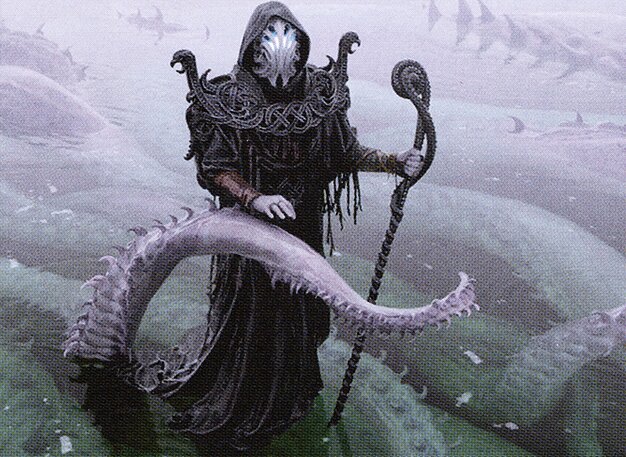
Orvar, the All-Form
Focuses on copying instant and sorcery spells to generate card advantage and value, while utilizing elemental tokens and equipment to create a large board presence for aggressive attacks.
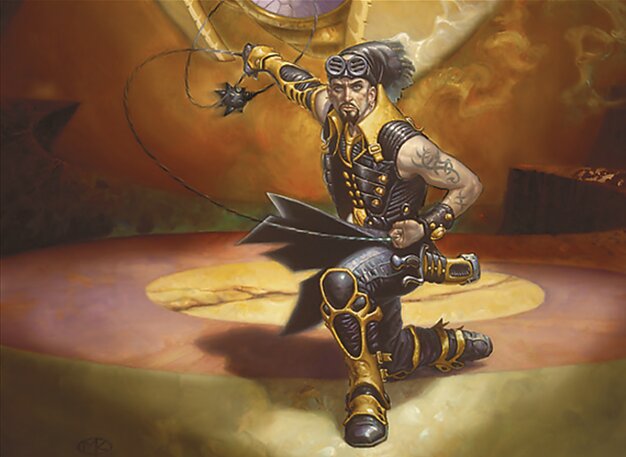
Chainer, Dementia Master
Utilizes reanimation to bring back key creatures from the graveyard, combined with aggressive equipment and combat tricks to pressure opponents.

Teval, the Balanced Scale
Centers around accumulating lore counters on sagas to generate value and token creation, leveraging equipment and draining effects to control the board and draw cards.

The Gitrog, Ravenous Ride
Exploits land sacrifices and graveyard interactions to draw cards and generate value, aiming to control the board through incremental advantage and large creatures.
Gameplay Insights
- 1
Orvar's ability to copy spells triggered significant card draw and value, enabling large board states with elemental tokens.
- 2
The attempted infinite combo with Whim of Volrath and Nikthos was a critical moment but was countered, showcasing the importance of timely interaction.
- 3
Fred's use of Animate Dead on Shoulder and subsequent equipment made for a resilient threat that pressured opponents throughout the game.
- 4
Max's Gitrog deck was hampered by poor land draws, illustrating how land-dependent strategies can falter without consistent mana development.
- 5
The combination of token generation and pump effects from Sir Conrad and Tval created a lethal board swing that decided the game.
- 6
Mirage Mirror was used strategically to copy Sir Conrad, providing additional triggers for token creation and board presence.
Notable Cards
-
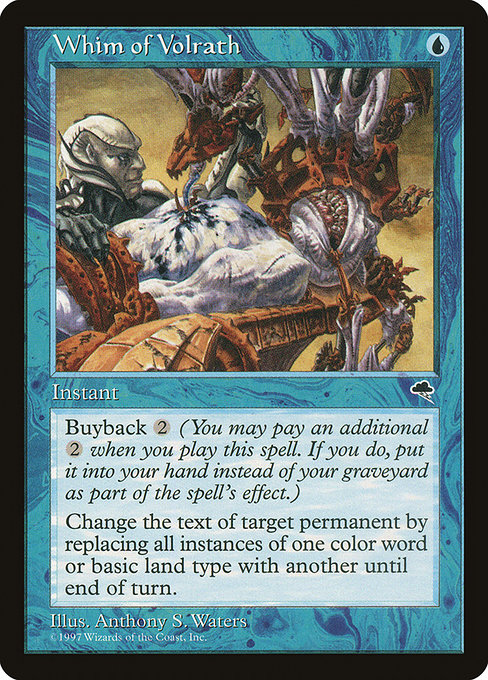
Whim of Volrath
-
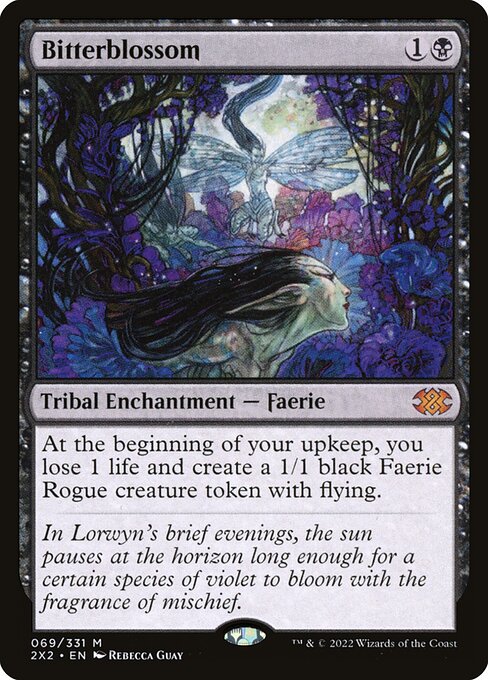
Bitterblossom
-
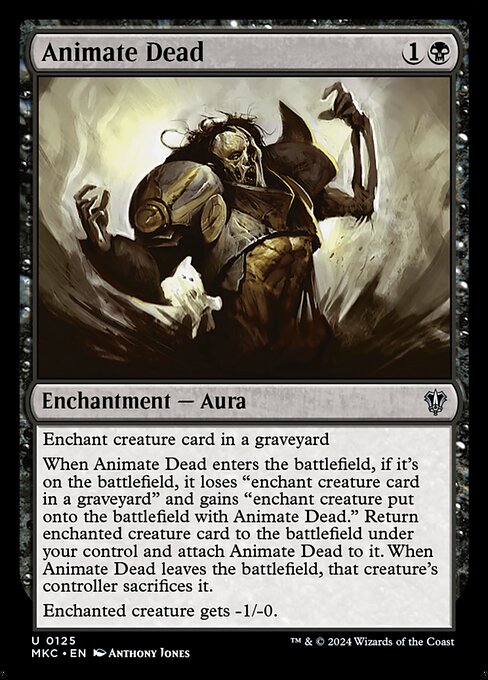
Animate Dead
-
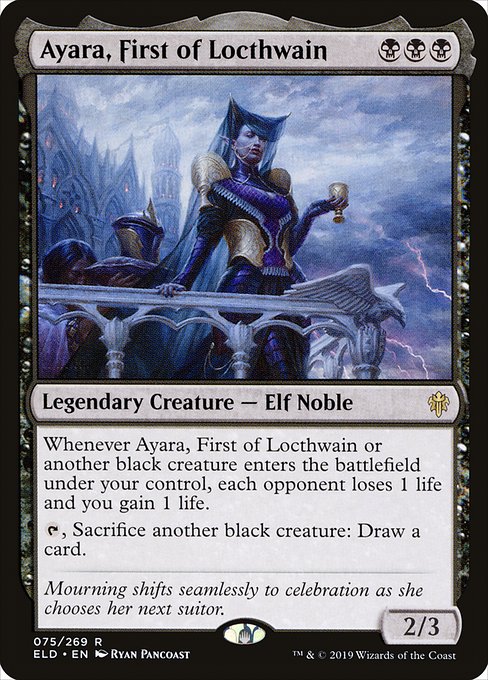
Ayara, First of Locthwain
-
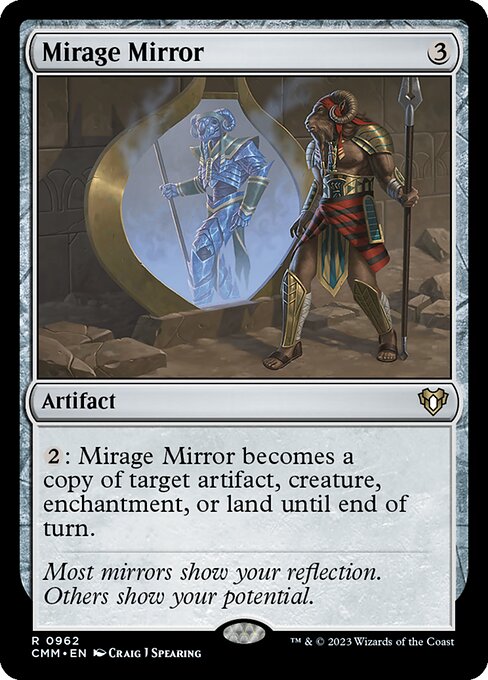
Mirage Mirror
-
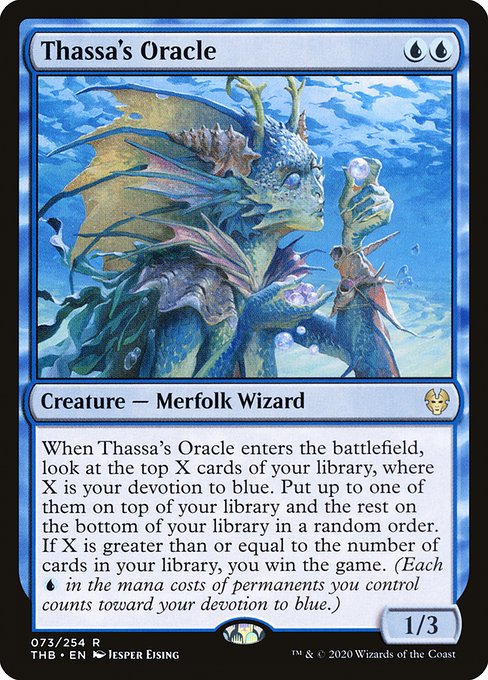
Thassa's Oracle
-

Lurrus of the Dream-Den
Gameplay Summary
The game began with each player developing their mana base and setting up key pieces, such as Cabal Coffers for Fred and ramp spells like Rampant Growth for Max.
Early interactions revolved around establishing board presence with tokens and utility creatures, while graveyard synergies played a notable role, particularly with Fred's Animate Dead on Shoulder the Whispering One and Max's Gitrog Monster triggers.
Orvar's ability to copy spells and generate card draw was leveraged effectively, leading to multiple card advantage plays.
A pivotal moment occurred when the Orvar player attempted an infinite mana and draw combo using Whim of Volrath and Nikthos, Shrine to Nyx, but was thwarted by a timely counterspell from Max.
Despite this disruption, the Orvar player maintained pressure by equipping Commander’s Plate and swinging with large elemental tokens.
Meanwhile, Max struggled with land drops, which hindered his ability to capitalize fully on his deck's strengths.
Fred utilized Bitterblossom and Ayara to drain opponents and draw cards, while also reanimating Arabos to sustain board presence. The late game saw significant token generation and board-wide pumps from triggers like Sir Conrad and Tval, culminating in a large-scale combat phase where nearly all players attacked, resulting in widespread damage and eventual victory for Matcha, who leveraged his lands and token synergies to overwhelm opponents.



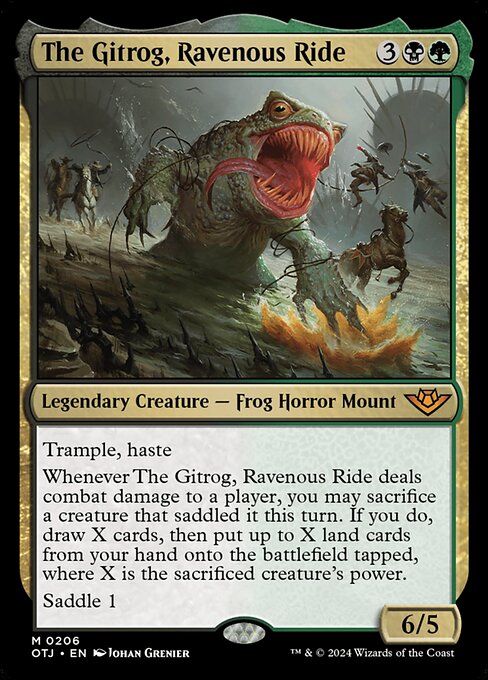









































![Commander VS S12E9: Chainer vs Hope of Ghirapur vs Edric vs Ambassador Laquatus [EDH] thumbnail](https://i.ytimg.com/vi/dOiEyWLR-eE/sddefault.jpg)